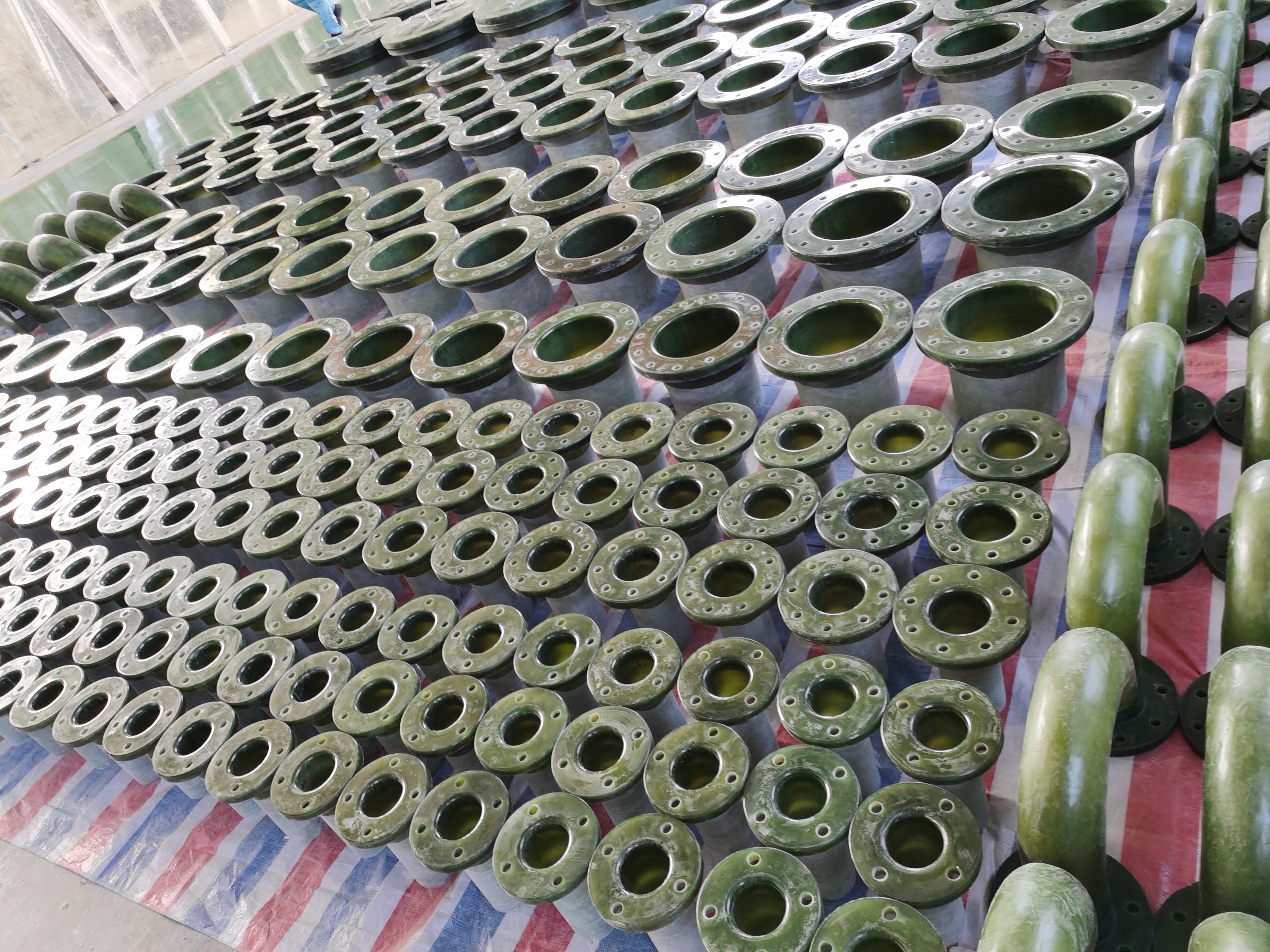
-
 Afrikaans
Afrikaans -
 Albanian
Albanian -
 Amharic
Amharic -
 Arabic
Arabic -
 Armenian
Armenian -
 Azerbaijani
Azerbaijani -
 Basque
Basque -
 Belarusian
Belarusian -
 Bengali
Bengali -
 Bosnian
Bosnian -
 Bulgarian
Bulgarian -
 Catalan
Catalan -
 Cebuano
Cebuano -
 China
China -
 China (Taiwan)
China (Taiwan) -
 Corsican
Corsican -
 Croatian
Croatian -
 Czech
Czech -
 Danish
Danish -
 Dutch
Dutch -
 English
English -
 Esperanto
Esperanto -
 Estonian
Estonian -
 Finnish
Finnish -
 French
French -
 Frisian
Frisian -
 Galician
Galician -
 Georgian
Georgian -
 German
German -
 Greek
Greek -
 Gujarati
Gujarati -
 Haitian Creole
Haitian Creole -
 hausa
hausa -
 hawaiian
hawaiian -
 Hebrew
Hebrew -
 Hindi
Hindi -
 Miao
Miao -
 Hungarian
Hungarian -
 Icelandic
Icelandic -
 igbo
igbo -
 Indonesian
Indonesian -
 irish
irish -
 Italian
Italian -
 Japanese
Japanese -
 Javanese
Javanese -
 Kannada
Kannada -
 kazakh
kazakh -
 Khmer
Khmer -
 Rwandese
Rwandese -
 Korean
Korean -
 Kurdish
Kurdish -
 Kyrgyz
Kyrgyz -
 Lao
Lao -
 Latin
Latin -
 Latvian
Latvian -
 Lithuanian
Lithuanian -
 Luxembourgish
Luxembourgish -
 Macedonian
Macedonian -
 Malgashi
Malgashi -
 Malay
Malay -
 Malayalam
Malayalam -
 Maltese
Maltese -
 Maori
Maori -
 Marathi
Marathi -
 Mongolian
Mongolian -
 Myanmar
Myanmar -
 Nepali
Nepali -
 Norwegian
Norwegian -
 Norwegian
Norwegian -
 Occitan
Occitan -
 Pashto
Pashto -
 Persian
Persian -
 Polish
Polish -
 Portuguese
Portuguese -
 Punjabi
Punjabi -
 Romanian
Romanian -
 Russian
Russian -
 Samoan
Samoan -
 Scottish Gaelic
Scottish Gaelic -
 Serbian
Serbian -
 Sesotho
Sesotho -
 Shona
Shona -
 Sindhi
Sindhi -
 Sinhala
Sinhala -
 Slovak
Slovak -
 Slovenian
Slovenian -
 Somali
Somali -
 Spanish
Spanish -
 Sundanese
Sundanese -
 Swahili
Swahili -
 Swedish
Swedish -
 Tagalog
Tagalog -
 Tajik
Tajik -
 Tamil
Tamil -
 Tatar
Tatar -
 Telugu
Telugu -
 Thai
Thai -
 Turkish
Turkish -
 Turkmen
Turkmen -
 Ukrainian
Ukrainian -
 Urdu
Urdu -
 Uighur
Uighur -
 Uzbek
Uzbek -
 Vietnamese
Vietnamese -
 Welsh
Welsh -
 Bantu
Bantu -
 Yiddish
Yiddish -
 Yoruba
Yoruba -
 Zulu
Zulu
Advantages and Applications of Fiberglass Grid in Construction and Infrastructure
The Versatility and Applications of Fiberglass Grid
Fiberglass grid, a composite material made from woven fiberglass strands, is increasingly becoming a vital component in various industries due to its exceptional strength-to-weight ratio, durability, and resistance to environmental factors. This innovative material is commonly used in construction, transportation, and even in the production of some consumer goods. Its versatility is largely attributed to the unique characteristics that fiberglass possesses, making it an ideal choice for applications where conventional materials may fall short.
One of the primary benefits of fiberglass grid is its remarkable strength. The inherent properties of fiberglass allow it to withstand heavy loads without compromising structural integrity. This feature is particularly appealing in construction projects, where safety and durability are paramount. Fiberglass grids are often employed as reinforcement in concrete applications, enhancing the load-bearing capacity of floors, bridges, and other architectural elements. This results in structures that are not only more robust but also more cost-effective, as they can reduce the amount of concrete needed.
In addition to strength, fiberglass grids exhibit excellent corrosion resistance. Unlike traditional steel reinforcements that are susceptible to rust and degradation over time due to exposure to moisture and chemicals, fiberglass maintains its integrity in harsh environments. This property is particularly beneficial in marine applications, where structural components are constantly exposed to saltwater and other corrosive elements. Consequently, fiberglass grids are widely used in docks, marinas, and shipbuilding, ensuring long-lasting performance and reducing maintenance costs.
fiberglass grid

The lightweight nature of fiberglass grids is another advantage that facilitates easier handling and installation. Compared to steel and other traditional materials, fiberglass is significantly lighter, which not only reduces transportation costs but also simplifies the construction process. Workers can easily transport and install fiberglass components, allowing for quicker project timelines and reduced labor costs. This efficiency is particularly advantageous for large-scale construction projects where time and resources are critical.
Moreover, the versatility of fiberglass grids extends to their design possibilities. They can be manufactured in various shapes and sizes, tailored to meet the specific requirements of different projects. This customization allows designers and engineers to innovate and implement creative solutions that enhance performance and aesthetics. Whether it's creating custom molds for architectural features or developing specialized reinforced flooring, fiberglass grids offer extensive design flexibility.
In conclusion, fiberglass grid is a remarkable material that stands at the intersection of strength, durability, and versatility. Its unique properties make it an exceptional choice for a myriad of applications across different industries. As technology continues to advance and the demand for sustainable and efficient building materials grows, fiberglass grids will likely play an even more significant role in the future of construction and manufacturing. Embracing this innovative material is not just a trend, but a strategic choice that promises longevity and resilience in a rapidly evolving world.
Latest news
-
Exploring the Benefits of Top Hammer Drifter Rods for Enhanced Drilling PerformanceNewsJun.10,2025
-
High-Precision Fiberglass Winding Machine for GRP/FRP Pipe Production – Reliable & Efficient SolutionsNewsJun.10,2025
-
FRP Pipes & Fittings for Shipbuilding - Corrosion-Resistant & LightweightNewsJun.09,2025
-
Premium FRP Flooring Solutions Durable & Slip-ResistantNewsJun.09,2025
-
Premium Fiberglass Rectangular Tanks Durable & Lightweight SolutionNewsJun.09,2025
-
Tapered Drill String Design Guide Durable Performance & UsesNewsJun.09,2025









